
How to Analyze and Identify Your Best Customers for B2B Sales?
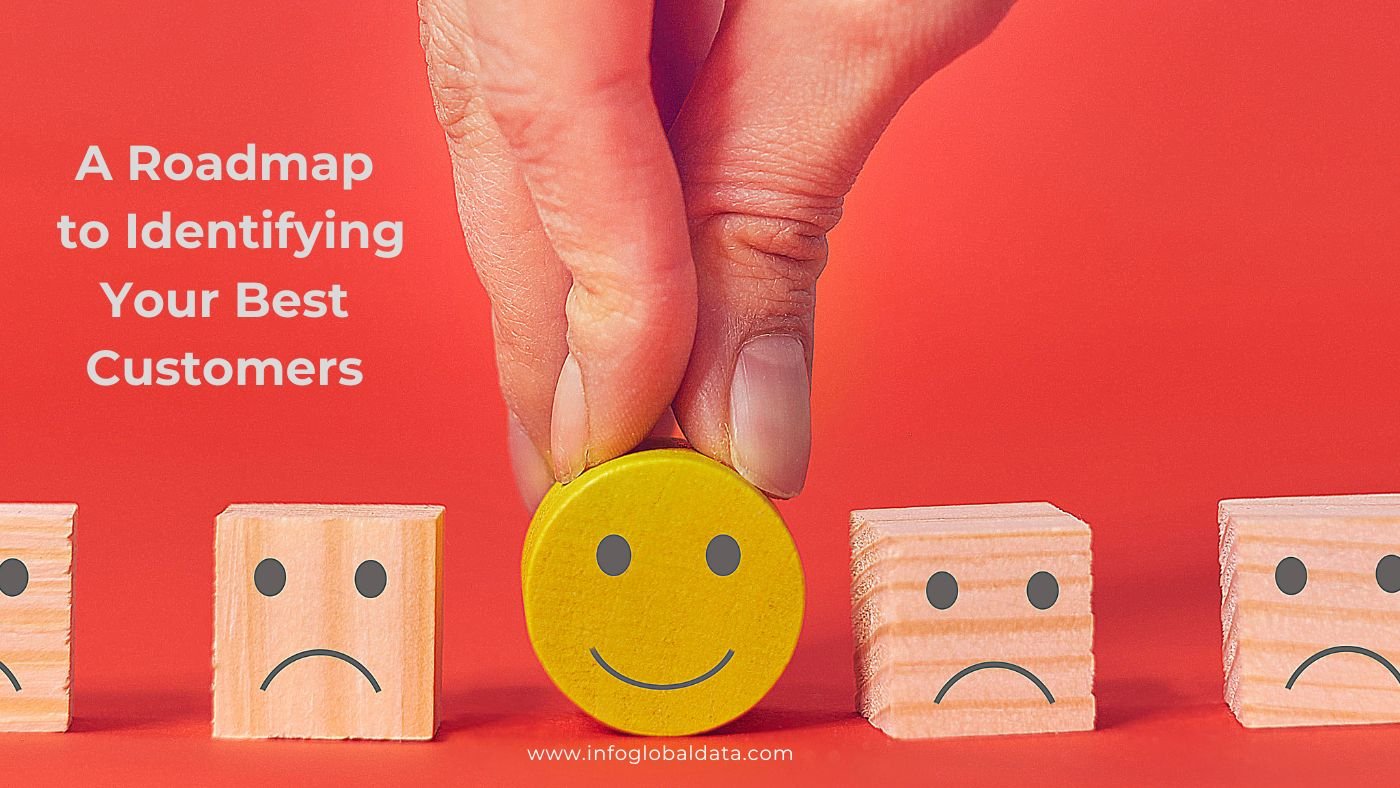
To effectively assess and pinpoint your top-tier clientele, it is imperative to follow certain practices. This includes:
- Scrutinizing CRM data to pinpoint the highest-paying and highest Lifetime Value (LTV) customers.
- Additionally, consult with your sales team to obtain a list of the best customer companies.
- Engage with your customer support team to acquire the names of the most contented customers' companies.
- Lastly, consider conducting an email survey among your existing customers who have provided a high Net Promoter Score.
With these analytical methods, along with the comparative assessment, you can achieve the following outcomes:
- Enhance the precision of your B2B customer personas.
- Elevate the effectiveness of your targeting and audience segmentation in PPC campaigns.
- Bolster customer retention, increase the average Lifetime Value (LTV), and raise monthly recurring revenue (MRR).
The ultimate objective is to progressively attract a greater number of ideal customers while reducing the influx of average and subpar customers over time.
Avoid These Common Mistakes
1. Highest Doesn’t Always Mean The Best
Many B2B companies often believe that their top customers are those with the highest Lifetime Value (LTV). However, this isn't always the case, especially in the context of lower-priced services. A portion of your customer base may continue to remain subscribed without active engagement, rarely or never logging in to utilize your product, or sticking to their initial service without considering additional services or upgrades.
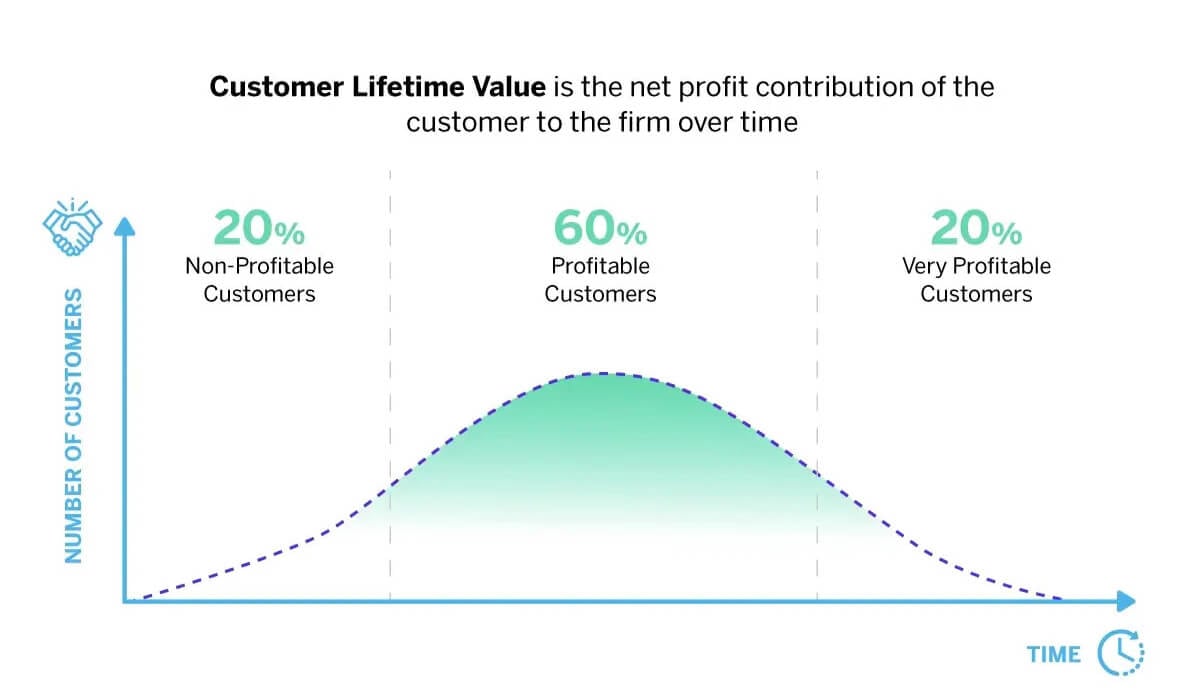
Source: qualtrics
While LTV remains a relevant metric, it shouldn't stand alone in the assessment of your ideal customers. To identify your best customers effectively, it's crucial to combine LTV with other metrics such as usage, Net Promoter Score, and expansion revenue per account.
2. Do not Prioritize Customers Who Demand Minimal Attention
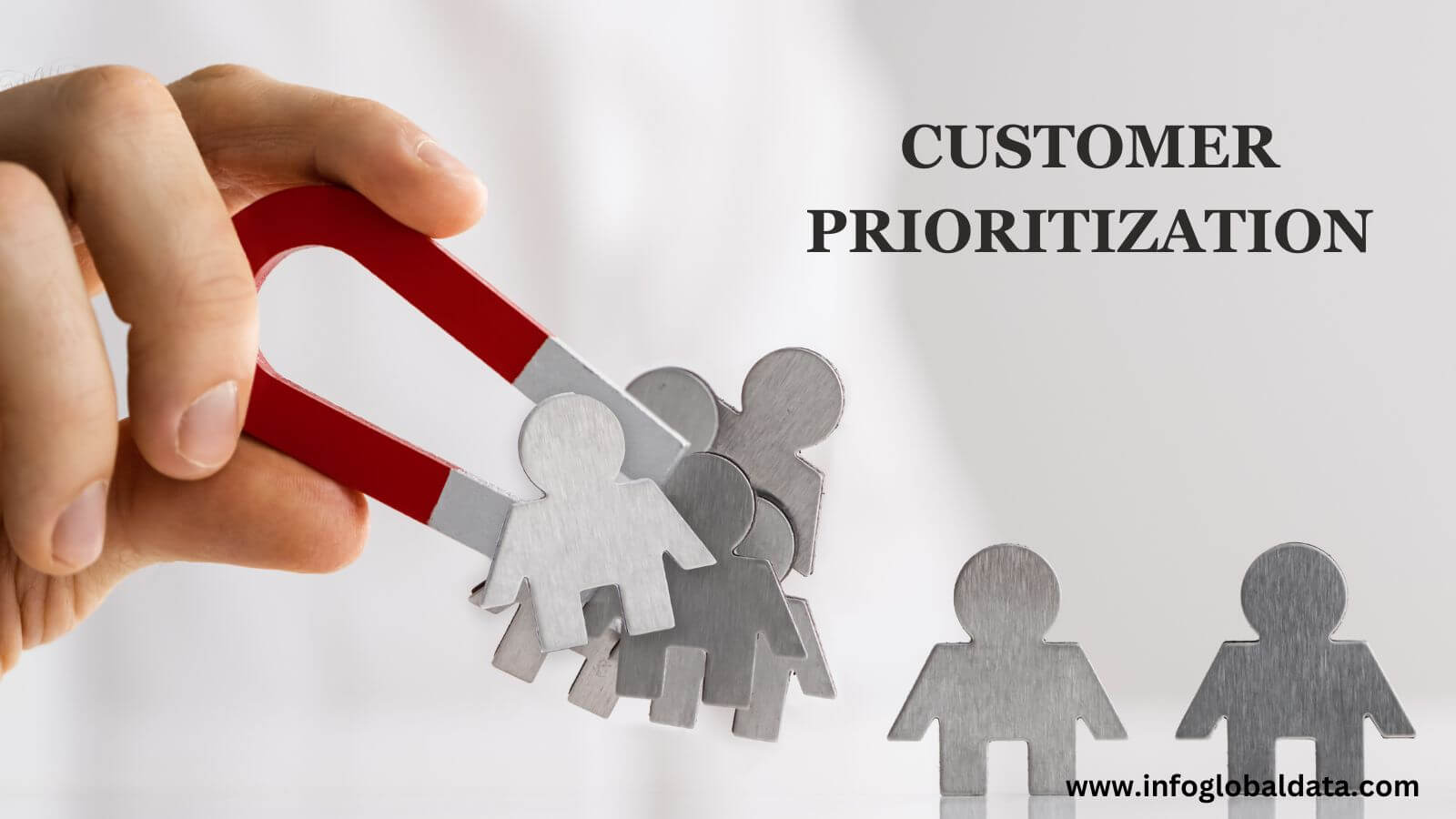
It might be alluring to believe that customers with the fewest grievances are the ideal ones. After all, low-maintenance customers appear to demand less of your time and resources, don't they? However, it's a frequent scenario that those who take the time to voice their concerns, inquire, or provide feedback exhibit an above-average level of customer engagement, indicating a genuine interest in your service.
Thus, neglecting to give thorough consideration to high-touch customers is an oversight, as some of your most valuable customers can be among them.
3. Avoid Getting Overly Enthusiastic About Customers Who Are Readily Won Over
The customers who swiftly transition into new users might initially appear to be your prime clientele, and indeed, some of them could be.
However, it's unwise to disregard customers with a slightly extended sales cycle. In many instances, the most valuable enterprise customers require time to finalize their decisions.
Industry Specific Lists
Contact Us for Marketing Campaigns
Top 10 Effective Strategies for Acquiring B2B Customers and Boosting Sales
Ever find yourself grappling with a challenging sales journey?
You're not the only one. Small business owners commonly aspire to acquire and retain customers, a perpetual challenge given the constraints of time and budget. Even if your client roster is healthy, maintaining a steady flow of sales opportunities in the months ahead is crucial to prevent potential cash flow problems.
Let's make 2023 the year of heightened sales! Explore these 10 innovative marketing ideas for B2B businesses that will attract a queue of eager customers eager to engage with your services.
1. Conduct Targeted Market Research

B2B marketing strategies and sales processes have experienced a period of maturation, even reaching a plateau in recent years. Prospective clients are inundated with sales approaches they're familiar with and have grown weary of, including inadequately researched inquiries and generic messages.
In a landscape where the majority pursue readily attainable targets and swift victories, the most effective approach to achieving results is through diligent research. Thorough research is the factor that will distinguish you from your competitors.
Moreover, Focus on Psychographics, Not Just Demographics
Prior to initiating contact with a potential client, delve into their buyer persona, emphasizing their challenges rather than solely relying on demographics.
2. Deliver Meaningful Content
According to research from Gartner, B2B buyers now allocate just 17% of their purchase journey to interactions with sales representatives. Instead of relying on salespeople for buying decisions, they increasingly turn to digital channels such as webpages, blog posts, case studies, and online reviews for research.

This shift raises critical questions about how to position your business to support potential clients throughout their buyer's journey and its impact on the B2B sales cycle and customer acquisition.
This is where content marketing steps in. Through the creation and dissemination of valuable content, you can achieve greater online visibility, authority in your industry, and, Ultimately, draw in your ideal clients.
The ultimate goal is to educate potential clients to the point where they develop a sense of knowing, liking, and trusting your business. Once trust is established, conducting business with you becomes notably smoother.
3. Analyze Customer Data
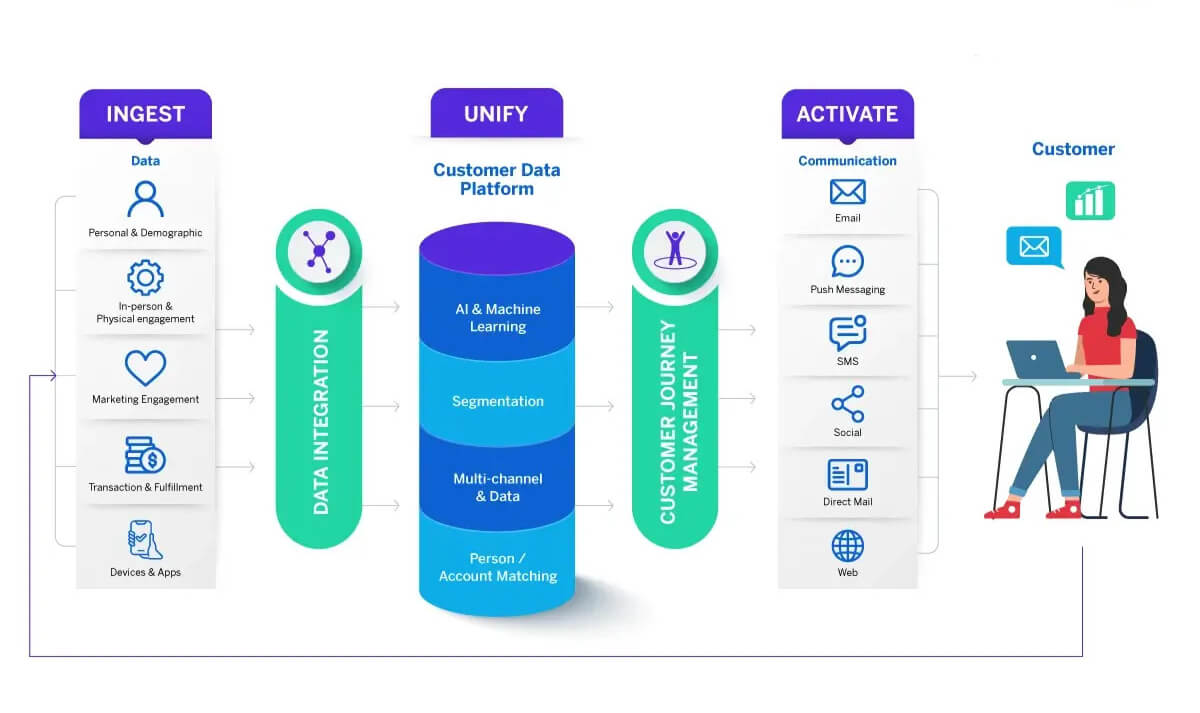
Source: qualtrics
This is a fundamental practice for businesses aiming to understand their customers better and make witty decisions. This process involves gathering and assessing information about your customer base, which can include demographic details, purchase history, online behavior, and more.
Here are some ‘You Can” with analyzing customer data:
- You can customize marketing and experiences based on customer preferences.
- You can categorize customers for targeted strategies.
- You can Improve products using customer insights.
- You can Identify churn risks and apply tailored retention efforts.
- You can allocate resources more effectively by focusing on high-value segments.
- You can estimate a customer's long-term value.
- You can make informed decisions by predicting future behavior.
- You can gain an edge in a data-driven business landscape.
- You can use customer data to enhance all aspects of your business.
4. Don’t Hard Sell

Many sales reps often fall into the trap of pushing too aggressively in the early stages. While such an approach might find success in the B2C realm, it's hardly effective in B2B.
In the world of B2B sales, competition is fierce, and buyers tend to be put off when they feel the focus is solely on the sale. Rather than diving straight into a hard sell and overwhelming prospects with information, it's crucial to make them feel valued and understood.
Here's how to do it:
Ask Thought-Provoking Questions: Pose significant questions about their company that provoke deep thinking. These questions should align with their viewpoints, showcase your comprehensive research across various aspects of their business, and help you collect valuable details for future reference.
Listen Actively: Give your prospects space to express themselves. Active listening will reveal cues that can guide your nurturing efforts. When you take the time to build genuine one-on-one connections, you not only outperform your competitors but also lay the foundation for enduring client relationships.
According to Invesp, companies excelling at lead nurturing make 50% more leads at a significantly lower cost, underscoring the power of relationship-building in the world of B2B sales.
5. Opt for Email Outreach
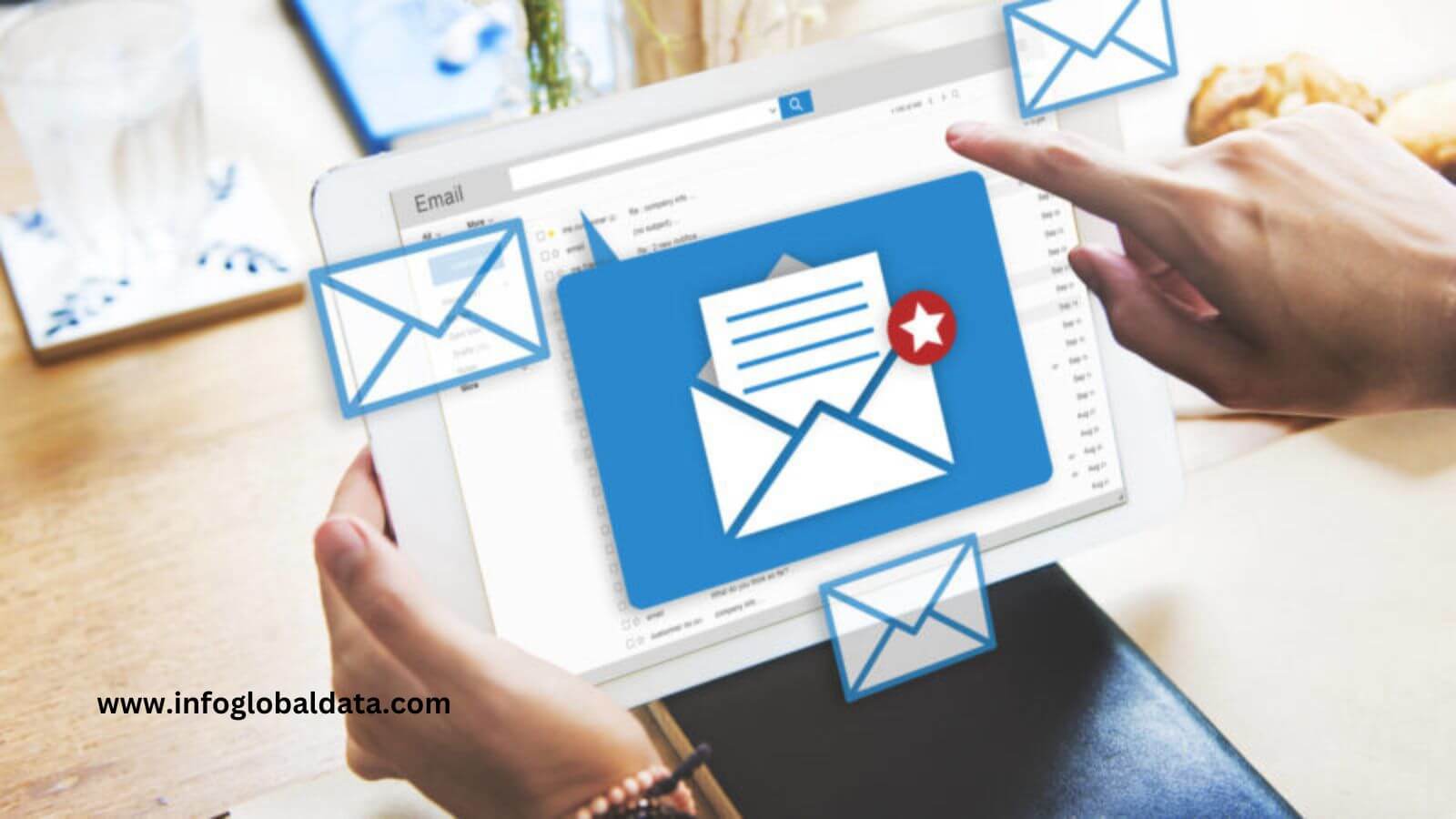
Email outreach can be a powerful tool for reaching out to your target audience, engaging with prospects, and nurturing leads. It allows you to deliver personalized messages directly to your recipients, making it an invaluable component of your marketing and sales strategy. Whether you're introducing your brand, sharing valuable content, or following up with potential clients, email outreach is a versatile and efficient means of communication. With the right approach and compelling content, it can help you build relationships, drive conversions, and achieve your business goals.
However, make sure you’re emailing the right person.
6. Get a B2B Email List
Obtaining a B2B email list is a strategic move to broaden your outreach and connect with a wider audience of potential business partners or clients. With a carefully curated list, you can effectively target decision-makers and key stakeholders in your industry, enabling you to share your products, services, and valuable content directly with those who matter most to your business.

However, it's important to emphasize the quality of your email list over sheer quantity. A well-segmented and up-to-date list ensures that your messages reach the right people, increasing the likelihood of engagement and conversion. Furthermore, adhering to relevant data privacy regulations, such as GDPR or CAN-SPAM, is crucial to maintaining trust and compliance.
7. Leverage Social Media
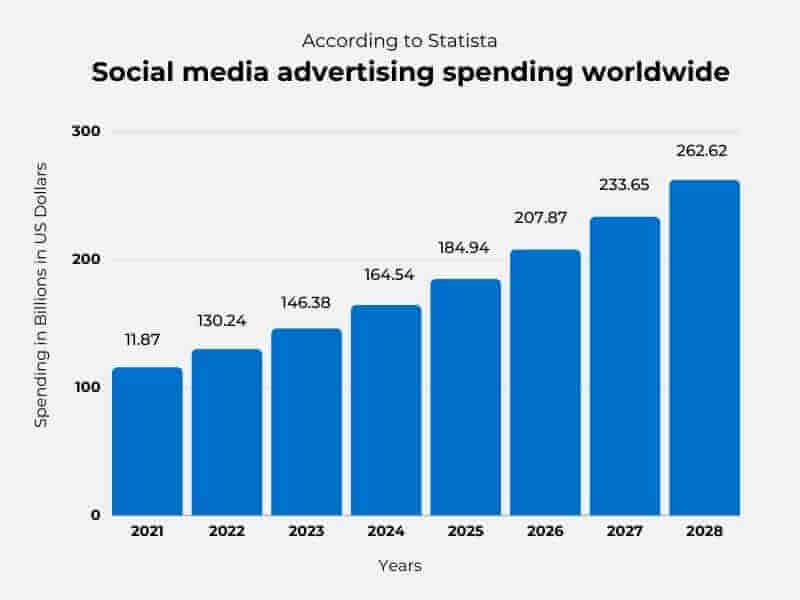
Source: sociallyin
Your potential clients are undoubtedly active on various social media platforms, each with its unique user base, even in the B2B sphere. Some may gravitate towards Instagram, others favor YouTube, while many engage on LinkedIn. Therefore, it's imperative for your business to establish a presence on these platforms. Doing so not only enhances your brand's credibility but also offers your clients additional communication channels to connect with you.
Leverage social media to foster engagement with clients, partners, and industry experts. Many companies are now embracing "social sales development" strategies, which involve proactive actions like following, commenting, and direct messaging business contacts on LinkedIn and Twitter. This approach not only extends your network but also facilitates meaningful interactions within your industry.
8. Partnerships, Affiliate Marketing, and Marketplaces

Forming partnerships can serve as an excellent avenue for securing early sales, particularly during the phase when your product and reputation are still evolving. In the realm of affiliate marketing, it's paramount to strike a mutually beneficial deal. Offering insufficient incentives may fail to motivate affiliates to promote your product, rendering your program ineffective.
Additionally, exploring the potential of B2B App Marketplaces is worthwhile. It could provide an opportunity to introduce your product to an established user base, increasing your reach and potential for early sales.
These platforms offer a pre-established user base in search of solutions that can enhance their business operations. By making your product available in such marketplaces, you not only gain access to a ready audience but also position your offering in an environment where it is actively sought after. This can significantly expedite the process of securing those crucial early sales.
9. Attend or Organize Industry Events

Industry events serve as valuable platforms for connecting with leads, clients, and partners, all of whom are integral to your business's success. These events can encompass a range of gatherings, such as business breakfasts, morning meetups, and afterwork functions. Organizing such events can be relatively straightforward if you have available office space, and if not, you can consider renting a meeting room at a cafe or co-working venue.
Typically, these events are led by one or more of your employees or an invited guest speaker. The speakers typically delve into topics of interest to your leads, addressing the specific problems or challenges they encounter and for which your business's product or service offers a solution. It's important to note that these events are not meant for direct product or service sales. Their primary purpose is to deliver value to leads through informative and helpful advice. While it's acceptable to discuss your offerings, it should be done sparingly. Attendees come to these events seeking insights and resources, not to be subjected to a sales pitch.
10. Re-engage Your Current Customers
Prior to any strategy, explore your existing database for potential opportunities. Statistics reveal that selling to existing customers carries a 65% higher likelihood of success compared to pursuing new ones. Moreover, existing customers tend to spend 31% more on your offerings.
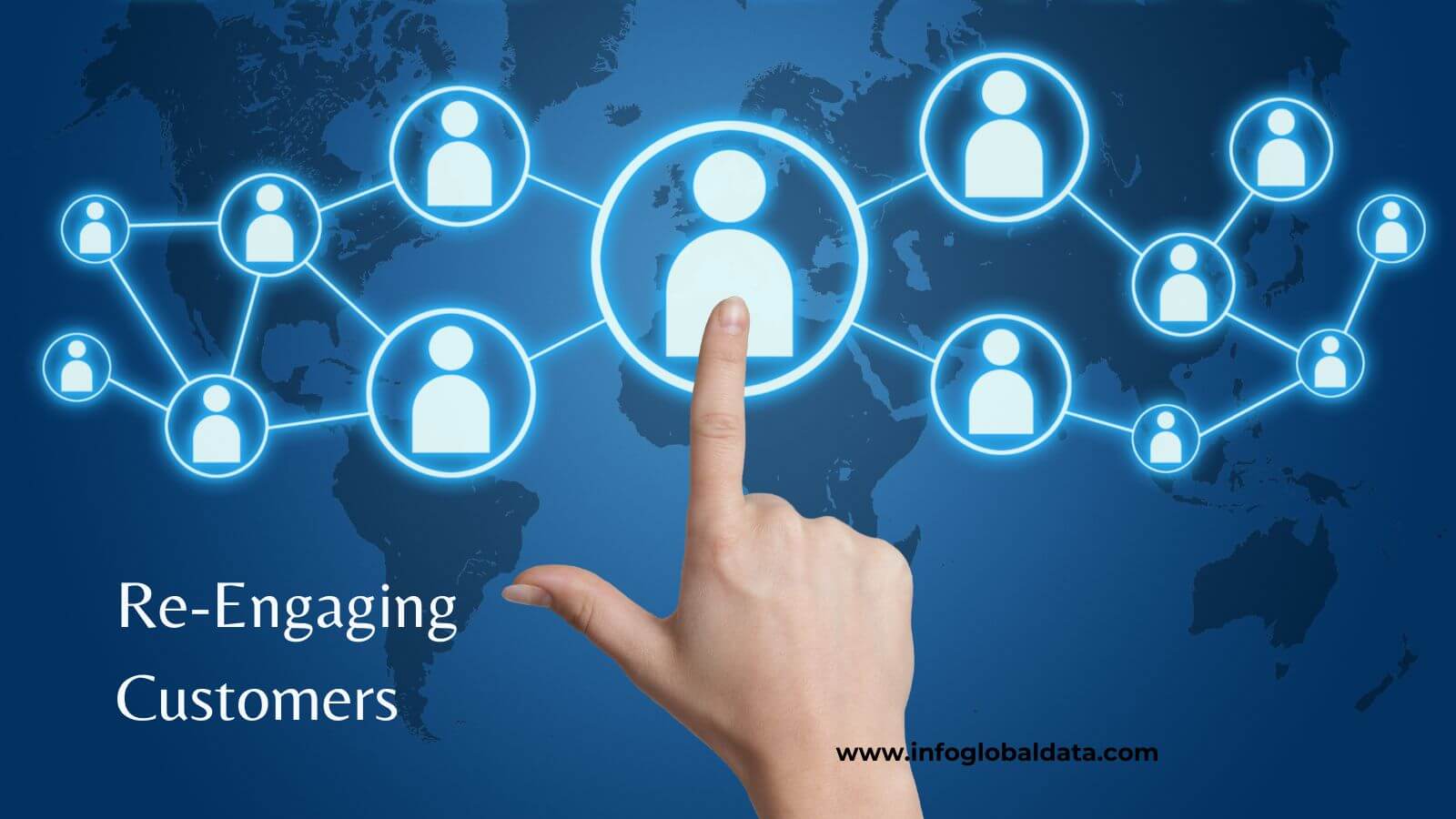
Research by Userlane delves into the product adoption journey, uncovering that a substantial 60% of products remain unexplored by customers. Beyond the initial sign-up phase, the most significant surge in customer engagement occurs when new features are introduced to existing customers, often resulting in negative churn. Prioritizing your existing customer base not only lowers the cost of acquisition but also fuels upselling and fortifies partnerships.
While B2B automation tools play a significant role, maintaining direct contact with your established customers is paramount. Regular calls can provide insights into their product usage, feature preferences, and evolving challenges they seek to address. This first-party data can inform retargeting strategies or create selling opportunities for new prospects. In essence, don't overlook your existing customer base, as a significant portion of the groundwork is already laid.
Conclusion
For B2B sales representatives, focusing on the quality of connections rather than quick sales yields superior results. By investing time in comprehending target companies and becoming an enabler of their success, you not only secure deals but also transform occasional customers into loyal, long-term partners.
If you're encountering challenges in generating sales, consider reaching out to us at InfoGlobalData. We offer top-tier solutions for various B2B challenges, including lead acquisition, retention, and lead generation. Our services are rigorously privacy-regulated, ensuring your utmost confidence in our capabilities. Contact us right away!



